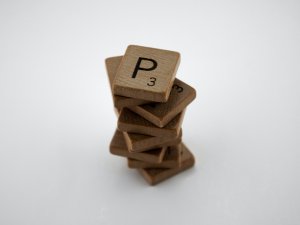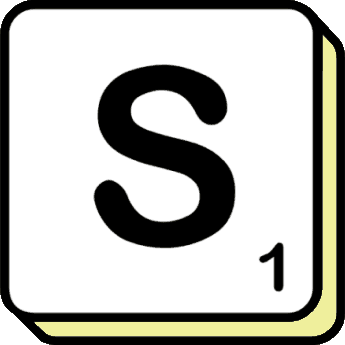The Origins of April Fool's Day: A History of Trickery and Laughter
Author: Brian Bowman
Date Published: 1 April 2025
Every year on April 1st, people around the world play pranks, spread hoaxes, and indulge in a bit of harmless deception, all in the spirit of April Fool's Day. But where did this tradition originate? Despite the holiday's widespread observance, its history is shrouded in mystery, with multiple theories attempting to explain its origins. Let's take a look at some of the most popular explanations for how this day of foolery came to be.

The Calendar Change Theory
One of the most widely cited explanations for April Fool's Day dates back to 16th-century France. In 1582, France switched from the Julian calendar to the Gregorian calendar, as mandated by Pope Gregory XIII. Under the old Julian system, New Year's Day was traditionally celebrated around the end of March or early April. With the adoption of the Gregorian calendar, New Year's Day was officially moved to January 1st.
However, news of this calendar reform took time to spread, and some people either refused to accept the change or simply remained unaware of it. Those who continued celebrating the old New Year in late March and early April were mocked by others who had embraced the new system. These "April fools" were often subjected to pranks, such as having paper fish stuck to their backs-a practice that continues in France today as "Poisson d'Avril" (April Fish).
The Roman and Medieval Festival Influence
Another theory links April Fool's Day to ancient Roman festivals, particularly Hilaria, celebrated around the end of March. During Hilaria, people engaged in masquerades and playful deceptions, much like modern April Fool's traditions.
Similarly, medieval Europe had its own festivals of mischief. One such festival, the Feast of Fools, took place in late December and involved role reversals, mockery of authority, and general tomfoolery. Though not directly linked to April Fool's Day, such celebrations suggest a long-standing human affinity for sanctioned mischief and reversal of norms.
Chaucer's Confusing Reference
Some believe Geoffrey Chaucer's The Canterbury Tales contains an early reference to April Fool's Day. In The Nun's Priest's Tale, written in the late 14th century, Chaucer describes a foolish event occurring "Syn March bigan thritty dayes and two," which some interpret as April 1st. However, scholars debate whether this was a genuine reference to April Fool's Day or merely a misinterpretation of Chaucer's poetic phrasing.
The Spread of the Tradition
By the 18th century, April Fool's Day had become a recognized tradition in Britain, particularly in Scotland, where it evolved into a two-day event known as "Huntigowk Day," involving elaborate hoaxes. The tradition later spread to other parts of the world, with each country adding its own cultural twist.
In the modern era, media outlets, corporations, and even governments have embraced April Fool's Day, often pulling off large-scale pranks. From fake product announcements to outrageous news reports, April 1st has become a day where skepticism is a valuable asset.
A Day for Playful Deception
Regardless of its exact origins, April Fool's Day has endured as a celebration of humor and good-natured trickery. Whether it began as a reaction to a calendar change, a remnant of ancient festivals, or a literary misunderstanding, one thing is clear: humans have always enjoyed a little bit of mischief. So, on April 1st, be on your guard-you never know who might be trying to make a fool out of you!
